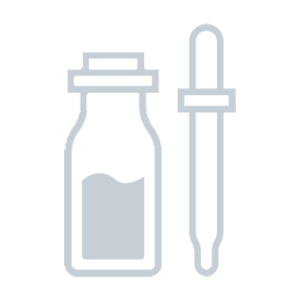Comparison between Method Body Wash Deep Detox vs. Naturium The Smoother Glycolic Acid Exfoliating Body Wash
- 25 components -
- 24 components -
Find out which product is better for your skin.
Ingredients in both products 4
Components only in Method Body Wash Deep Detox 21
Sodium Lauryl Sulfate, Cocamidopropyl Betaine, Fragrance (Parfum: Citronellol, Limonene, Linalool) and 16 more. Show all.
Uniqueness: 84.0%
Components only in Naturium The Smoother Glycolic Acid Exfoliating Body Wash 20
Sodium Cocoyl Isethionate, Glycolic Acid, Sodium Hydroxide, Sodium Methyl Cocoyl Taurate, Lactic Acid and 15 more. Show all.
Uniqueness: 83.3%
Face to Face
Components position by position
1
Water
1
Water
2
Sodium Lauryl Sulfate
2
Sodium Cocoyl Isethionate
3
Cocamidopropyl Betaine
3
Glycolic Acid
4
Fragrance (Parfum: Citronellol
4
Sodium Hydroxide
5
Limonene
5
Sodium Methyl Cocoyl Taurate
6
Linalool)
6
Glycol Distearate
7
Polyglyceryl-3 Laurate
7
Lactic Acid
8
Glycol Distearate
8
Malic Acid
Show others
Positive Effects
Find out what good effects the product has
Both products provide the following effects: Antioxidant, UV Protection, Moisturizing, Cleansing, Softening, Soothing, Anti-aging, Lightening, Lifting, Elasticity improvement, Rejuvenation, Hair conditioning, Hair structure improvement, Hair gloss, Hair growth stimulating
Effects unique for Body Wash Deep Detox:
Antifungal, Antiseptic, Deodorant, Anticellulite, Antiviral, Tones up skin, Protection, Hair strengtheningEffects unique for The Smoother Glycolic Acid Exfoliating Body Wash:
Acne fighting, Healing, Antistatic-- Show more --
ECO Metrics
Find out how eco-friendly the components are
Vegan
No
No
Cruelty free
Yes
No
Reef safe
Yes
Yes
Ozone layer safe
Yes
Yes
Organic score
natural
7 out of 25
28%
chemical
13 out of 25
52%
natural
10 out of 24
42%
chemical
10 out of 24
42%
Concerns
Pay attention to this information
-- Extra information --
Components by Skin Type
Find out what components are good or bad for your skin type
Dry skin
Positive: 2Negative: 1
Cucumis Sativus (Cucumber) Fruit Extract#17Glycerin#19Sodium Lauryl Sulfate#2
Oily skin
Positive: 1Negative: 0
Camellia Sinensis (Green Tea) Leaf Extract#18
Sensitive skin
Positive: 0Negative: 2
Limonene#5Citric Acid#23
Dry skin
Positive: 3Negative: 0
Sodium PCA#11Glycerin#17Sodium Lactate#24
Oily skin
Positive: 1Negative: 1
Glycolic Acid#3Chondrus Crispus (Carrageenan) Extract#15
Sensitive skin
Positive: 0Negative: 4
Glycolic Acid#3Lactic Acid#7Tartaric Acid#10Citric Acid#22

